Ayurveda: How Dosha Effects Our Emotional Health
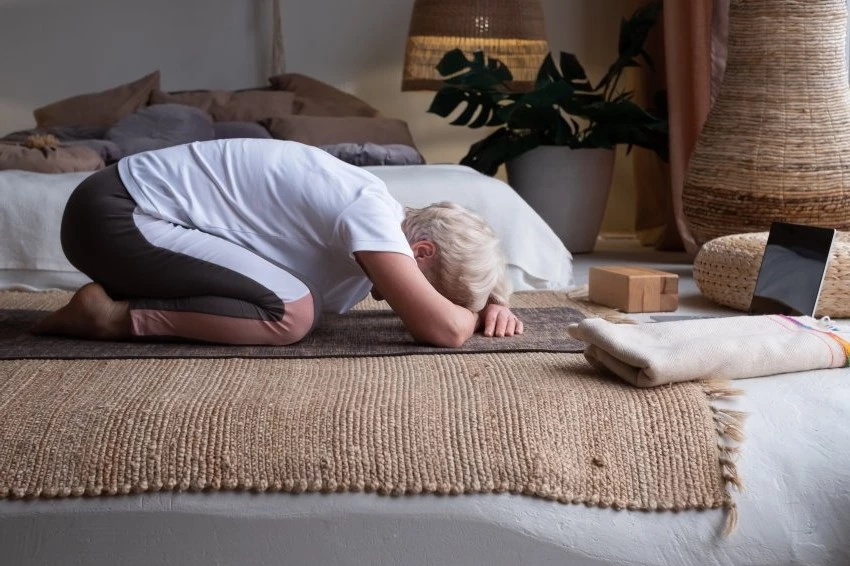
Ayurveda looks at the problems of both the body and mind and recognizes that the two are interlinked. If there’s a problem in the body, then the mind is impacted. And if the mind is agitated, then the body responds with changes in our hormones and nervous system. With that in perspective, Ayurveda gives recommendations for each dosha, not just for good physical health but also for our emotional wellbeing
According to Ayurveda, many psychological issues result from the suppression of emotions. Instead of suppressing ourselves, we should work on cultivating positive emotions, learning to express ourselves through creative pursuits or healing practices like meditation, chanting, or yoga.
In this blog, we will go a little deeper into the subject by looking at the emotional temperament of each dosha. Ayurveda gives unique guidelines to each dosha, or personality type, on how they can understand and manage their emotions. Let’s start with Vata Dosha.
If you’re new to doshas and would like to first understand them, here’s an introduction.
Vata Dosha Emotional Health
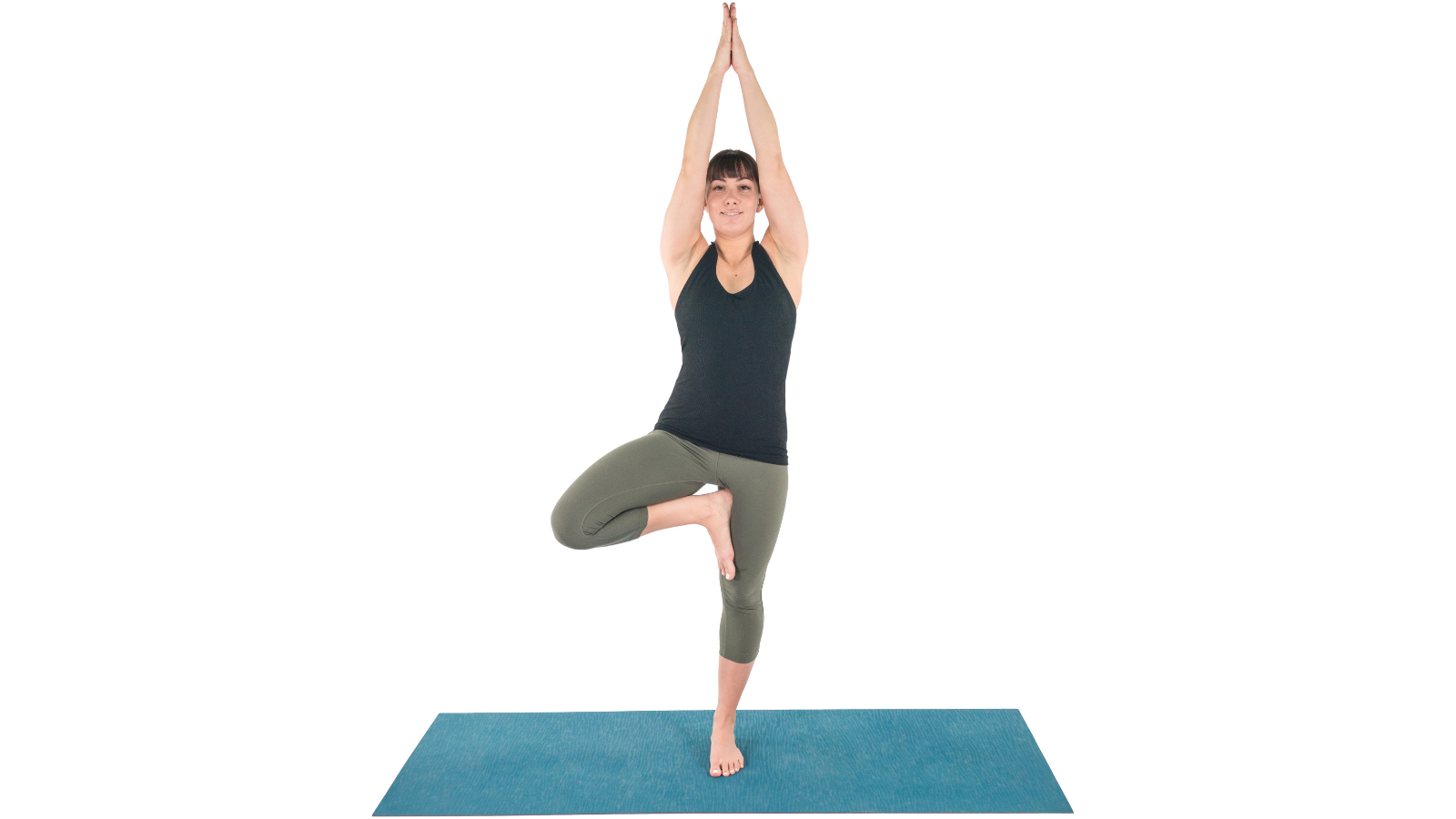
Vata (air and wind element) people are versatile, creative, and social. They are very active and will be the most friendly people at a party.
Vata, by its very nature, is as volatile as the wind. So, they tend to have a lot of emotional ups and downs. Their primary issue is fear and anxiety. Lack of love or feeling abandoned and alone makes them depressed as they’re inherently social. This Prakriti type is considered most prone to becoming suicidal because of the underlying volatility. Since Vata governs the mind, it has a faster impact on our mental state than any other dosha.
Having a set routine, committing to one thing and doing it consistently, avoiding too much vigorous activity, and talking less but listening more is good for Vata. They must also recognize that they like to have people around, so they must reach out to others instead of becoming isolated. They must seek warmth, through food, through the environment, through yoga practices, and through relationships.
- The best food for Vata is warm, soupy one-pot meals.
- The best exercises for Vata are those that promote balance and a state of grounding like Tree Pose (Vrksasana) or Child’s Pose (Balasana).
- The best herb for Vata is Hing (Asafoetida).
- The best resolution or affirmation for Vata is to be committed to their goals, relationships, and projects—to start something and actually finish it, without excuses or justifications.
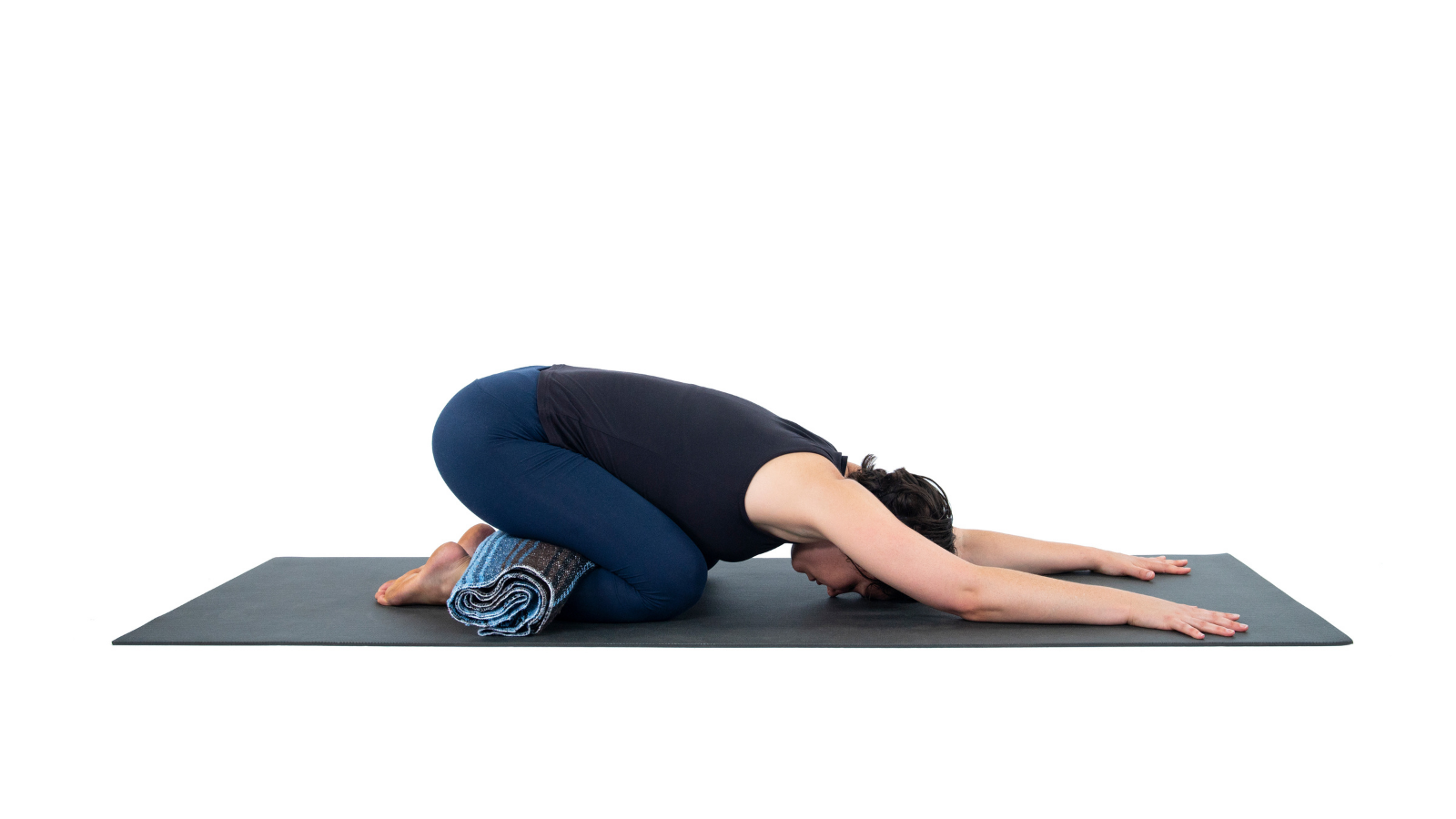
Pitta Dosha Emotional Health
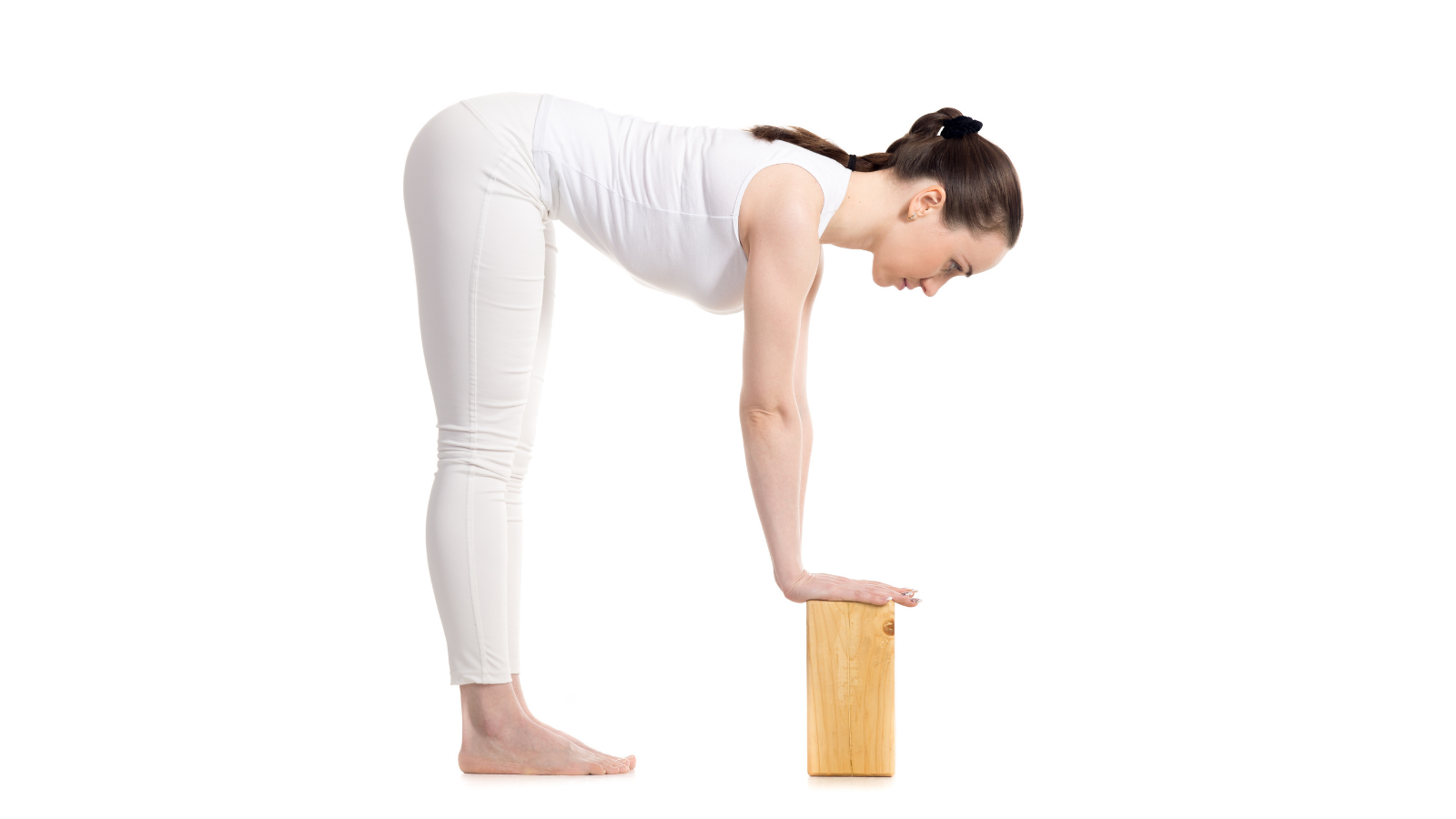
Pitta (fire and water element) people are knowledgeable, sharp, and perceptive. They are intense and can go deep into a subject very quickly. They have a strong sense of right and wrong, and usually have clarity on situations and problems. They are also very ambitious and can push themselves and others too much. They are prone to overdoing and overworking.
Their main issue is anger, and they can be very self-righteous. Since they have such high expectations, they have little tolerance for even slight deviations. They can be overly critical, but mostly their anger is directed outwardly. Unlike a Vata person who withdraws when emotionally disturbed, a Pitta person directs their anger at other people. They should be very mindful of their tendency to act superior to others. However, they do get deeply impacted by failure. Those Pitta types who learn to navigate and accept failure find peace; those who don’t become bitter.
Cooling practices, team sports, cultivating compassion toward others as well as themselves, appreciating the work done by others, taking time out to say nice things to their partner or team members, and spending time with nature when the weather is pleasant can help relax Pitta. Pitta is often very uncomfortable with social niceties and giving compliments, but they will do well by working on these aspects.
- The best food for Pitta is that which is cooling like fruits or less spicy dishes.
- The best exercises for Pitta are those that promote humility and are cooling like forward bends, deep belly breathing, and side bends.
- The best herb for Pitta is fresh Coriander (Cilantro)
- The best resolution or affirmation for Pitta is to love others, to be compassionate, to forgive, to make time for rest.
Kapha Dosha Emotional Health
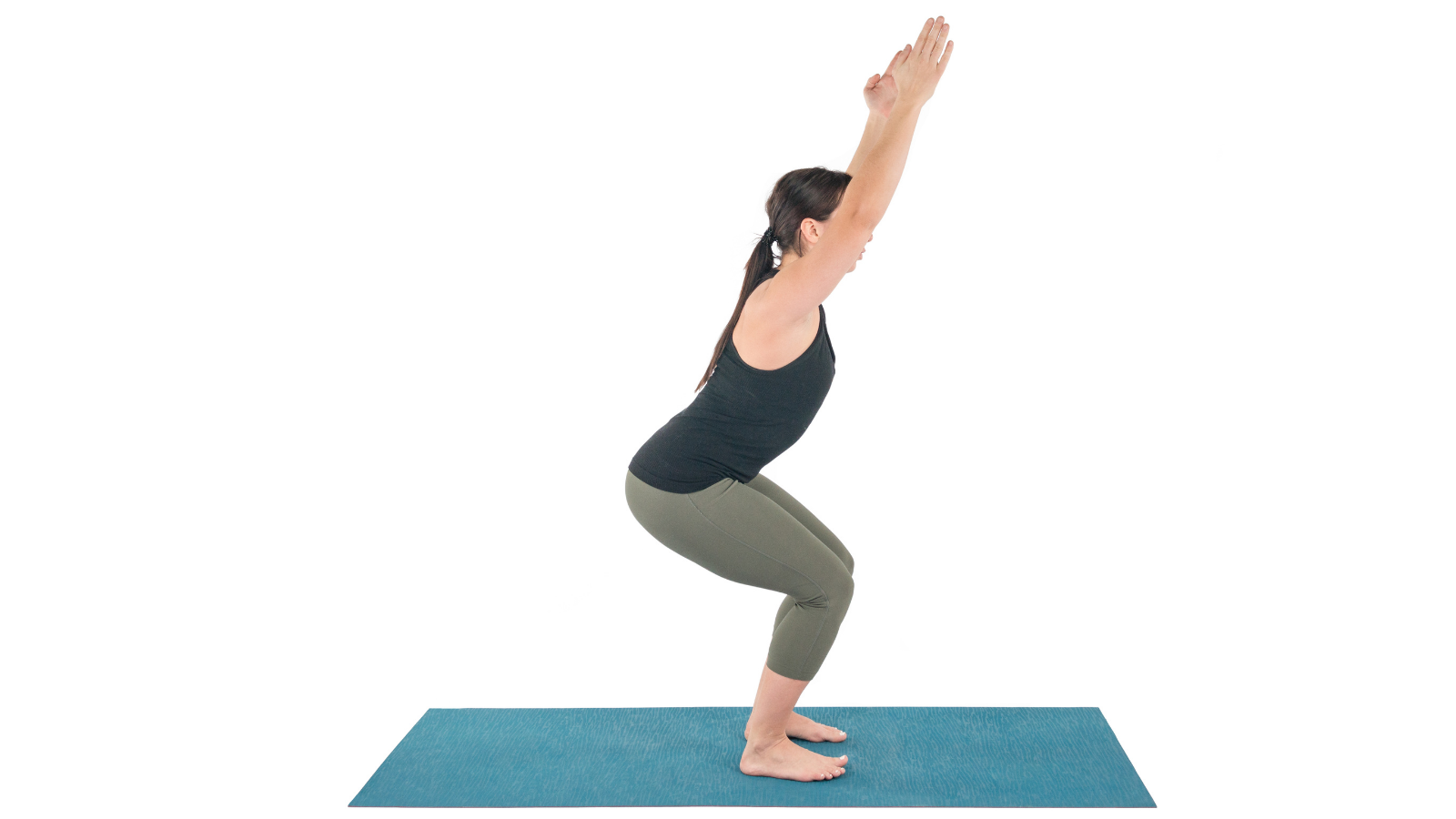
Kapha (earth and water element) people are amicable, loving, and they’re providers. They are the building blocks of society, families and are considered the best dosha in Ayurveda. They’re actually very supportive of Vata and Pitta, and unfortunately, don’t get that kind of support back from them. And that is at the root of most Kapha emotional issues, as otherwise, they are very content people who do not like conflict or change.
Their main issue is possessiveness and attachment to people or things or the past. Loss makes them depressed—losing a loved one, a broken relationship, etc., impacts them a lot. They have inertia and lack the motivation to change situations. Therefore, they should also be very mindful of their tendency to hold on or stagnate in one place or relationship, even if it is unhealthy or harmful for them.
The good thing is once they adapt to change, they will stick with it for life. If they put their mind to it they can be more consistent than any other dosha. Therefore, all Kapha needs to do is find that motivation. Energetic or challenging exercises, motivational books, or talks—all the things that increase rajas are useful for Kapha. A Vata or Pitta partner can help them find that motivation, but Vata ends up ignoring them and Pitta ends up being critical of them.
- The best food for Kapha is heating and spicy.
- The best exercises for Kapha are invigorating like Sun Salutations (Surya Namaskara) or Vinyasa Flow. They should just be careful to start slowly and gradually build capacity.
- The best herb for Kapha is Pepper
- The best resolution or affirmation for Kapha is to trust themselves, to welcome change and not be afraid of it, and to learn to let go.
We can see that each dosha has its own set of strengths and weaknesses which tend to manifest more often than others. By being aware of them we can make a conscious effort to influence our behavior for the better. This journey requires introspection and the ability to see our strengths as well as weaknesses objectively. And I hope this blog post will help you take one step in that direction.
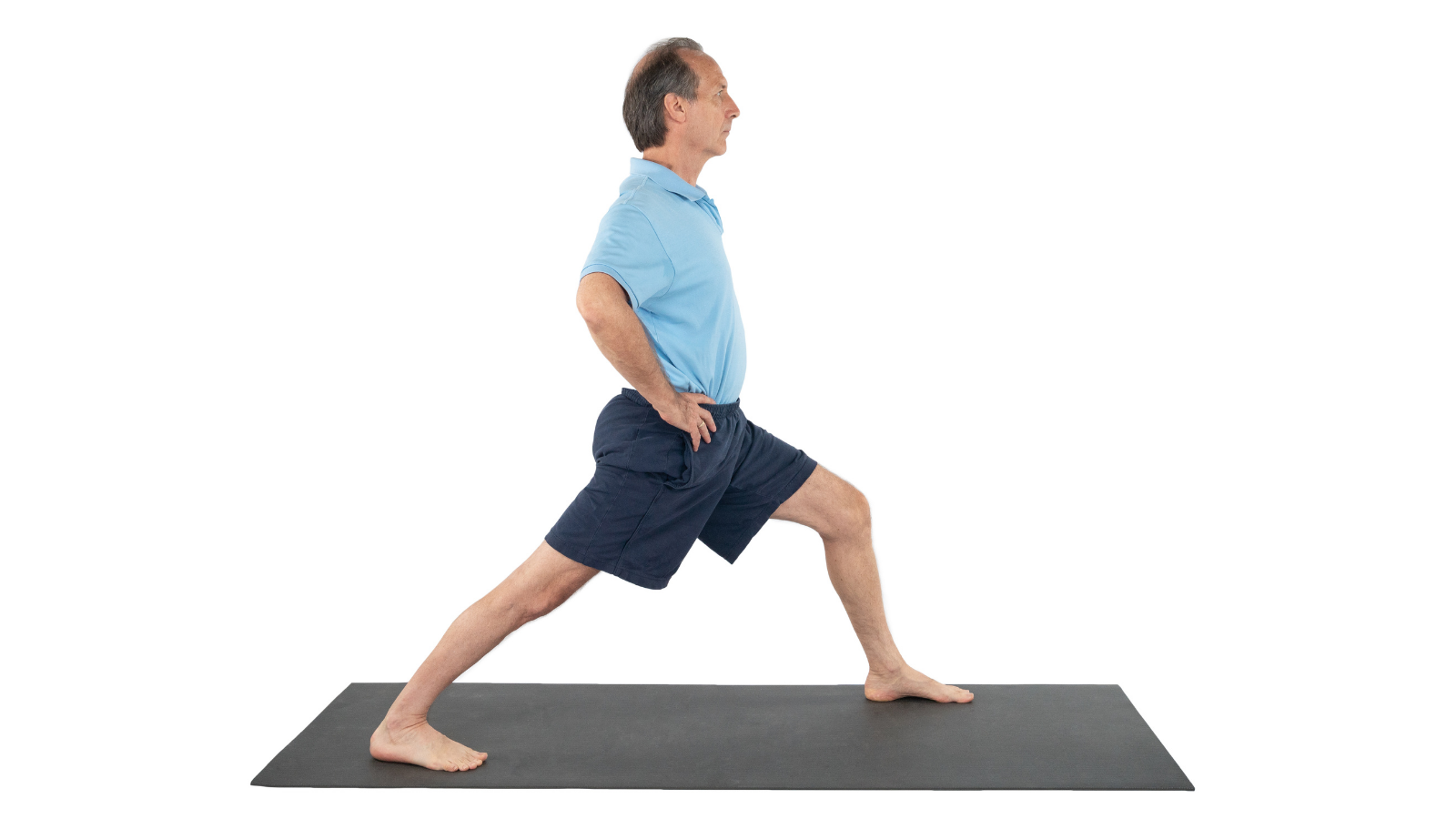
Also, read...
Teaching Svadhyaya: 3 Ways to Encourage Self-Study in Yoga
In Celebration of Gray-Haired Yoga – Busting the Myth of the Yoga Body
Related courses

Namita Piparaiya is a Yoga and Ayurveda Lifestyle Specialist and the founder of Yoganama. A former corporate executive, she spent over a decade, from management trainee to business head, with leading MNCs including Citibank, Aviva, and Generali before finding her true calling in Yoga.
As part of her wellness journey, she has completed over 700 hours of Yoga Alliance certified training in Hatha Yoga. She has also studied Pranayama, Ayurveda, Yoga Philosophy, and Indian scriptures from some of the most reputed institutions and teachers in India and abroad. These include courses and workshops across Oxford Centre for Hindu Studies, Cambridge Summer School, eCornell, The Himalayan Institute (USA), David Frawley’s American Institute of Vedic Studies, Chinmaya Mission, India Yoga, Paulie Zink (founder of Yin Yoga), and BNS Iyengar (Mysore). Her approach is, therefore, holistic and unique, bringing together all her experiences to build a strong connection between the body, breath, mind, and one’s inherent constitution and nature.
Namita is acclaimed as one of the leading Yoga influencers in India, with a very engaged and dedicated following across social media platforms. She has been featured and published by India Today, Statesman, The Week, Business World, Elephant Journal, Cosmopolitan, Grazia, and other leading publications in India and abroad.
Namita is an Honours graduate in Mathematics from Delhi University and has an MBA from Symbiosis (SCMHRD), Pune. An avid traveler, she visited 53 cities across 15 countries in 2019, exploring the philosophies, cuisines, and customs of different cultures. She lives in Mumbai, India.




